#AskTamara: Is there Lead paint on the outside of my “Jervis & George” reusable glass baby food container?
Introduction (for those new to this website):
Tamara Rubin is a federal-award-winning independent advocate for consumer goods safety and a documentary filmmaker. She is also a mother of Lead-poisoned children, her sons were acutely Lead-poisoned in 2005. Since 2009 Tamara has been using XRF testing (a scientific method used by the U.S. Consumer Product Safety Commission) to test consumer goods for toxicants (specifically heavy metals), including Lead, Cadmium, Mercury, Antimony, and Arsenic. All test results reported on this website are science-based, accurate, and replicable. Items are tested multiple times, to confirm the test results for each component. Tamara’s work was featured in Consumer Reports Magazine in February of 2023.
Question: Is there lead paint on the outside of my Jervis & George reusable glass baby food container?
Answer: Yes, there may be. I have tested four product samples from this brand (with testing done using an XRF instrument) and all four jars had paint that was positive for high levels of lead.
To read more about XRF testing, click here.
When testing the “Jervis & George” brand reusable glass baby food container pictured here (with markings to 2 ounces and 60 ml and a green plastic top), all of the white painted markings on the outside of the glass were positive for unsafe levels of lead.
The amount of lead in the painted markings on this particular jar was higher than 5,000 ppm lead – a level above even the regulatory threshold (minimum) by which legacy lead paint is officially considered by HUD to be “lead paint” and far above the modern regulatory standard of 90 ppm lead set for the maximum allowable level of Lead in the paint or coating on children’s products.
To share this post on Facebook, click here. TIA!
The white-painted markings were also positive for traces of cadmium, which is a known carcinogen.
Continue reading below for specific details, context, and concerns as well as the exact XRF readings for the lead levels found on the jar pictured.
Looking for an alternative?
Click here to see a good lead-free choice!
How much lead does paint have to have for it to be considered to be Lead paint?
In 1978 when “lead paint” was “outlawed” (for use in residential painting applications) the maximum level of lead that was set as “allowable” in the paint at that time was 600 parts per million (ppm) Lead; the paint needed to come in BELOW 600 ppm lead to comply with the 1978 regulation. Later that level was lowered to 90 ppm lead, and new house paint today (that I have had the opportunity to test) is generally negative – for even a trace amount of Lead.
Separately, the Department of Housing and Urban Development (HUD) allocates funds to intervene and provide lead hazard remediation in homes owned or occupied by low-income families with young children if the paint is at or ABOVE 5,000 ppm lead (or the near equivalent measurement of 1 milligram of lead per centimeter squared of the painted area.) Said another way, the modern threshold for federal intervention (the level at which HUD acknowledges house paint has “too much lead” and is absolutely unsafe) is 5,000 ppm Lead.
Meanwhile, all the other relevant Federal agencies (CDC, EPA, and CPSC) have, in recent years, finally acknowledged the long-held consensus in the scientific community — that there is actually “no safe level of lead exposure” for children, and accordingly officially adopted that language.
This obviously implies that there should be no “safe” level of Lead in products intended for use by children or for use with children, and so stringent regulatory standards were required to reflect this reality.
“Zero” in regulatory terms becomes “however close to ‘zero’ industry representatives say is “realistically feasible.” As a result, in 2008 the Consumer Product Safety Improvement Act (CPSIA) set “90 ppm lead” (in the paint or coatings of items intended for use by children) as the (phased in by 2010) new hazard level (at or above which it is considered illegal to sell this item to be used by children).
Why isn’t this product illegal then?
And that is where we come to this atrocious loophole that is allowing lead in the painted markings of baby food containers, baby bottles, sippy cups, and other items intended for FOOD USE for children no less.
To see more of my #LeadedBabyBottle posts, click here.
LOOPHOLE: Because there is so little actual paint on the surface of these jars or bottles, even though the paint has an extremely toxic level of lead and even though federal agencies agree any amount of lead exposure to children is unsafe, the CPSC has maintained the position that it considers the lead paint on products like this to be “an acceptable amount of lead paint” and therefore these products are in compliance with current (ridiculously stupid!) regulations.
What is the solution?
What should the consumer do?
What should the company do?
Consumers should consider tossing these products or returning them for a refund. Read more about that here. Consumers should also make a complaint to the CPSC.
This case is especially egregious as the company is denying the jars have lead (in correspondence with customers since this article was first published on 9/16/18) AND they advertise them as being Lead-free (so customers are specifically purchasing them in order to have a lead-free option!)
To read my correspondence with the CPSC on this matter, click here.
The company should recall the product (officially, making a public statement) and offer refunds or replacement lead-free products to their customers. There is no reason for lead paint to be used on these products. They have many other options to fix the problem in their products:
- Lead-free paints are readily available and used by brands that know better (Avent, for example).
- Alternatively, markings can be made as a feature of the glass without using any paint at all.
- With modern technology, it is also possible to inexpensively etch the markings into the glass (as a reasonable alternative to using a paint or coating that may be harder to monitor or regulate over time).
How much lead (& cadmium) was found on these jars anyway?
All that said, this particular baby food jar had the following lead readings:
The white painted markings on the glass:
- Lead (Pb): 5,732 +/- 155 ppm
- Cadmium (Cd): 58 +/- 9 ppm
- Barium (Ba): 1,372 +/- 76 ppm
The plain clear glass:
- Barium (Ba): 1,347 +/- 68 ppm
The green plastic top:
- Barium (Ba): 227 +/- 118 ppm
- Copper (Cu): 39 +/- 15 ppm
- Iron (Fe): 42 +/- 22 ppm
- Titanium (Ti): 1,304 +/- 318 ppm
Note: If a metal is NOT listed as a reading for any of the above components of the item tested that means it was not detected using an XRF instrument, so if it IS present at all it is below the limit of detection of XRF technology (and given the specific XRF used for this testing that would mean it would only be possible for those elements to be present below the levels of low single-digit parts per million).
It is also very important to note that the nature of the logo/ printing on the outside of these jars (see above image) is that the thin lines of paint don’t fill up the scope (testing window) of the XRF instrument. As a result, the reading of 5,732 is artificially lowered — given there is so much bare unpainted glass space between the letters. Were the paint to be tested on its own (removed from the glass substrate of the jar) it would likely – based on my experience – test positive for lead at levels at or above 25,000 to 30,000 ppm.
To see more items I have tested with an XRF instrument, click here.
I couldn’t do what I do without contributions from my readers. The cost of renting an XRF instrument to do this type of testing can be $500-$700 per day and I am still working on chipping away at paying a $5,000 XRF rental bill from earlier this year.
To my knowledge, no one else is currently doing the depth and breadth of independent consumer goods testing that I am doing (no individual nor public agency for that matter!) If you appreciate this work (if you find it valuable and helpful), please consider chipping in to help cover some of my advocacy costs. A gift of any amount WILL make a difference! Thank you. (Chip-In Link.)
As always, thank you for reading and for sharing.
Please let me know if you have any questions!
Never Miss an Important Article Again!
Join our Email List








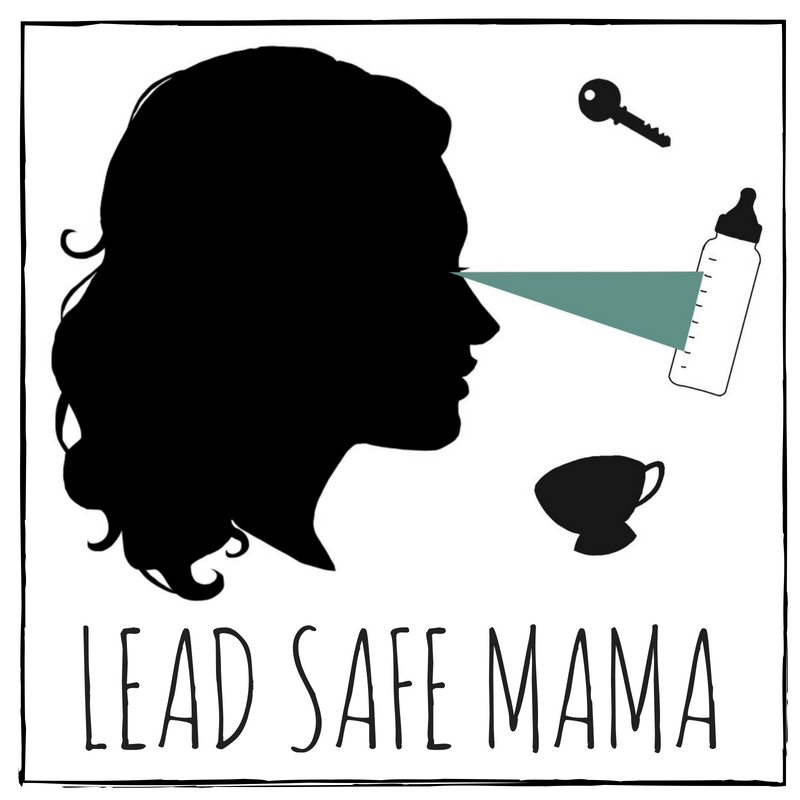
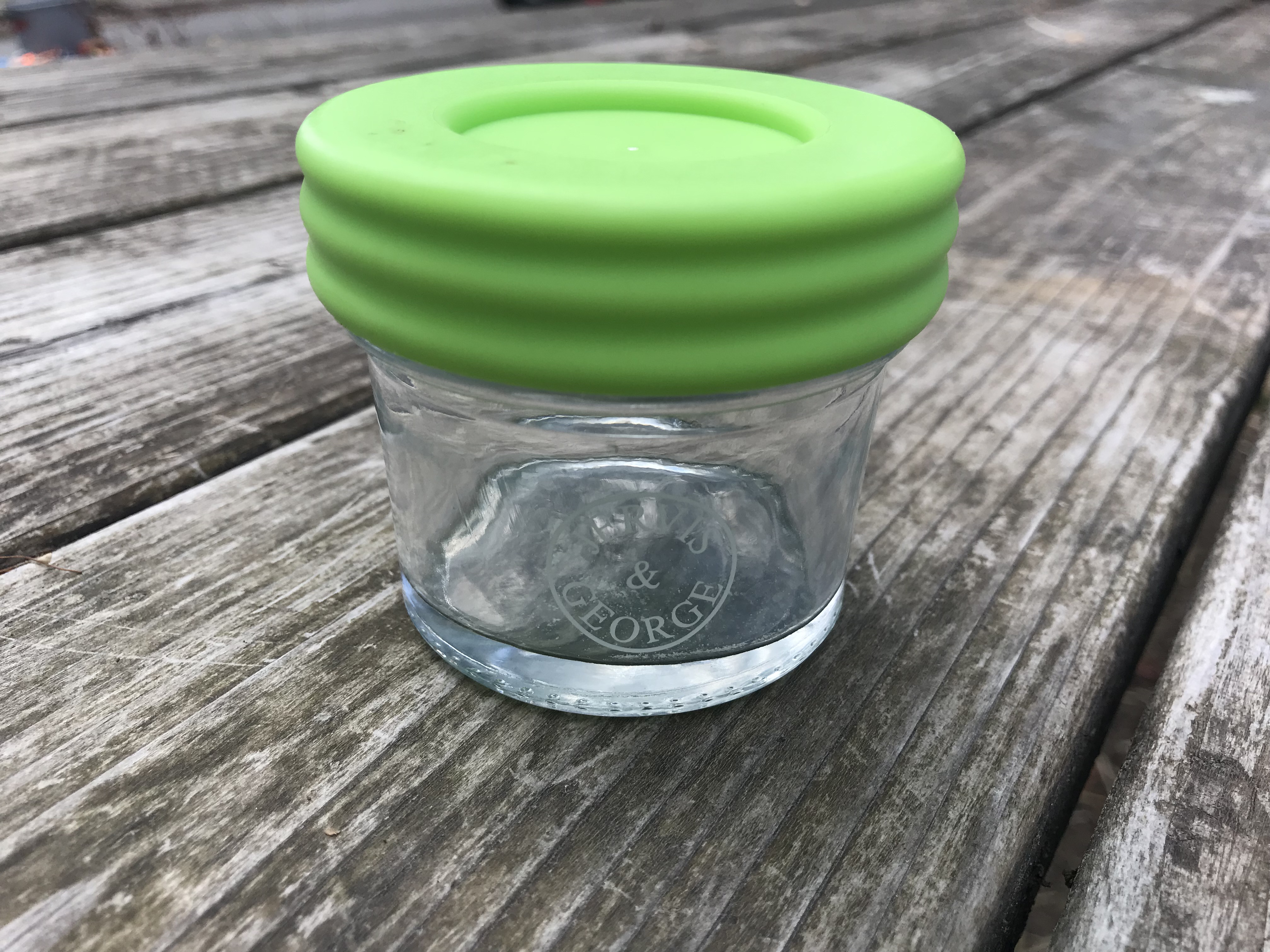
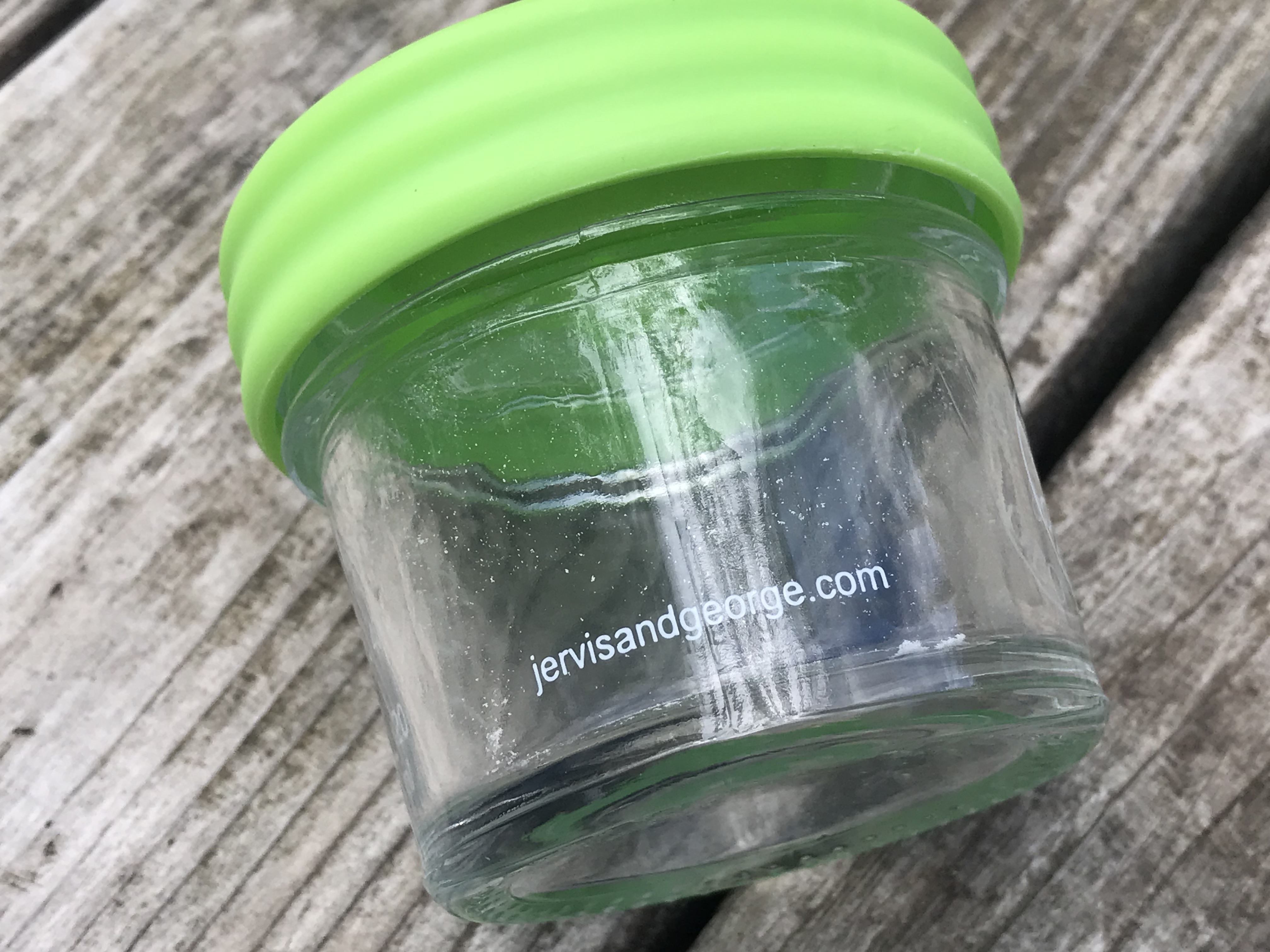
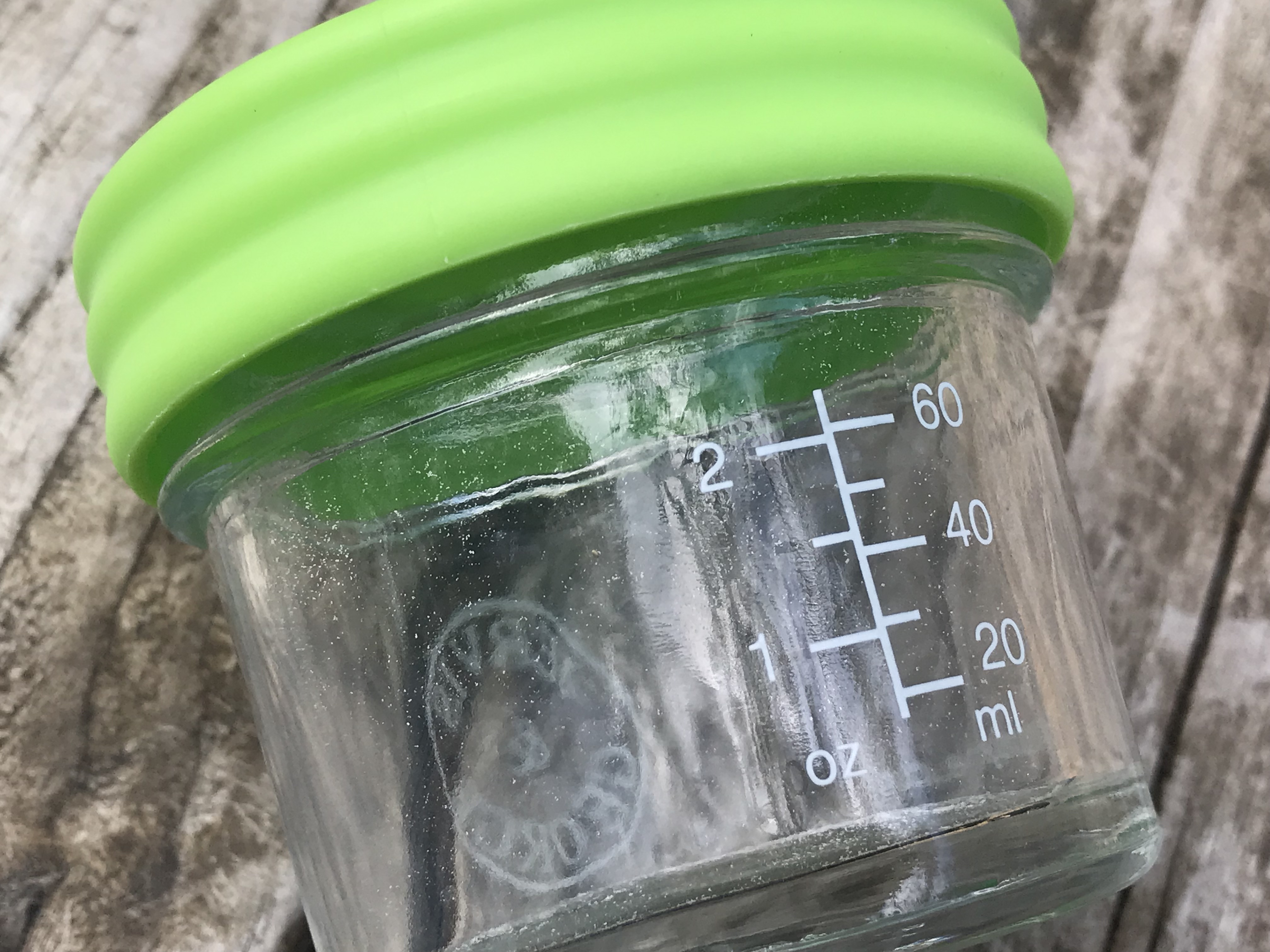
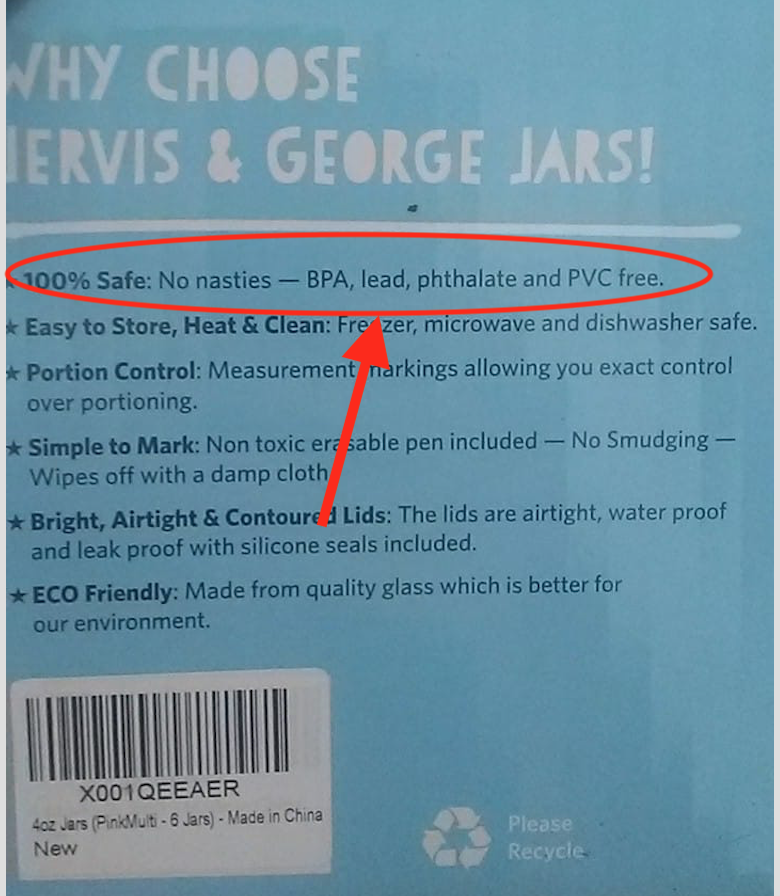
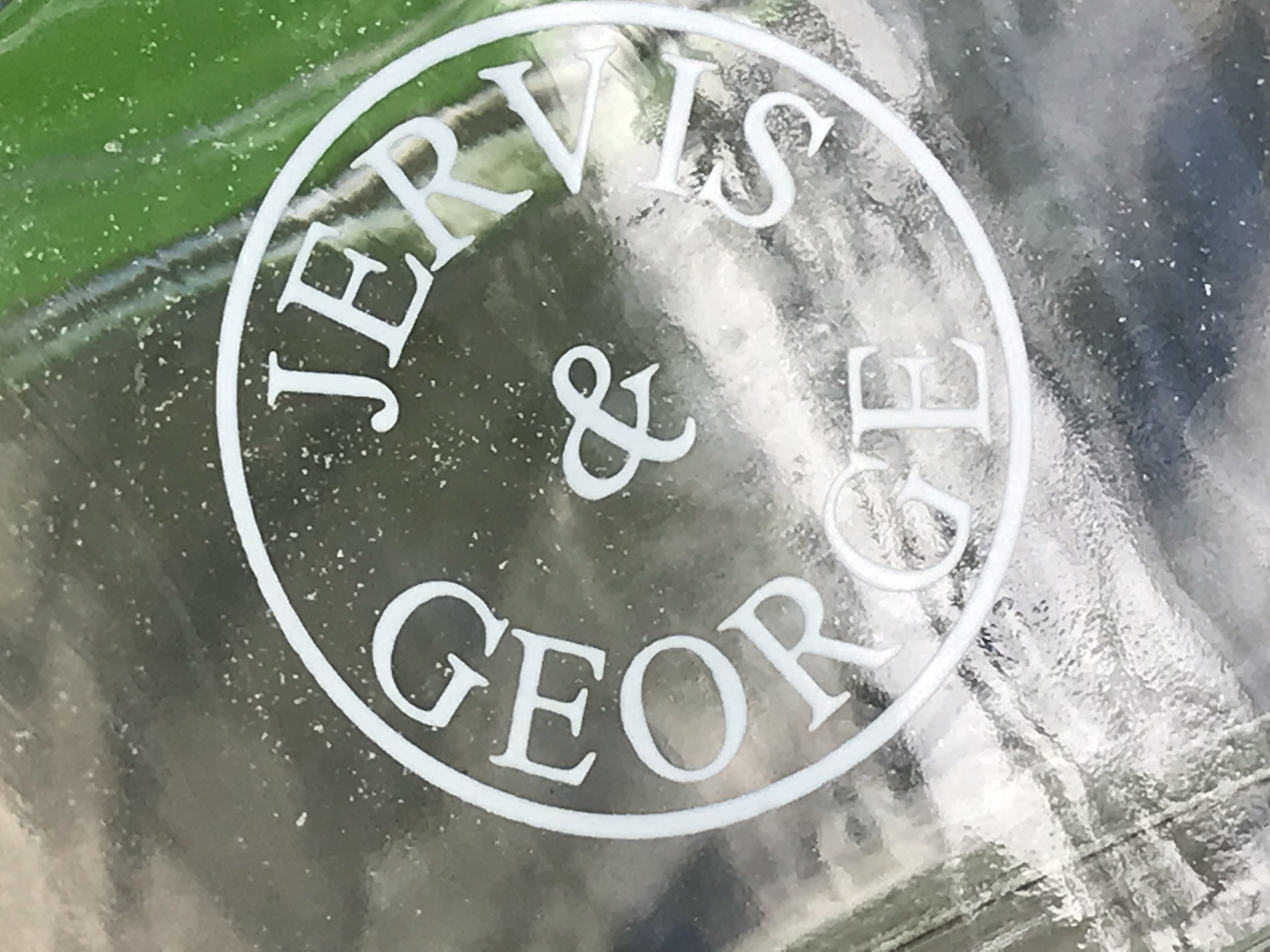
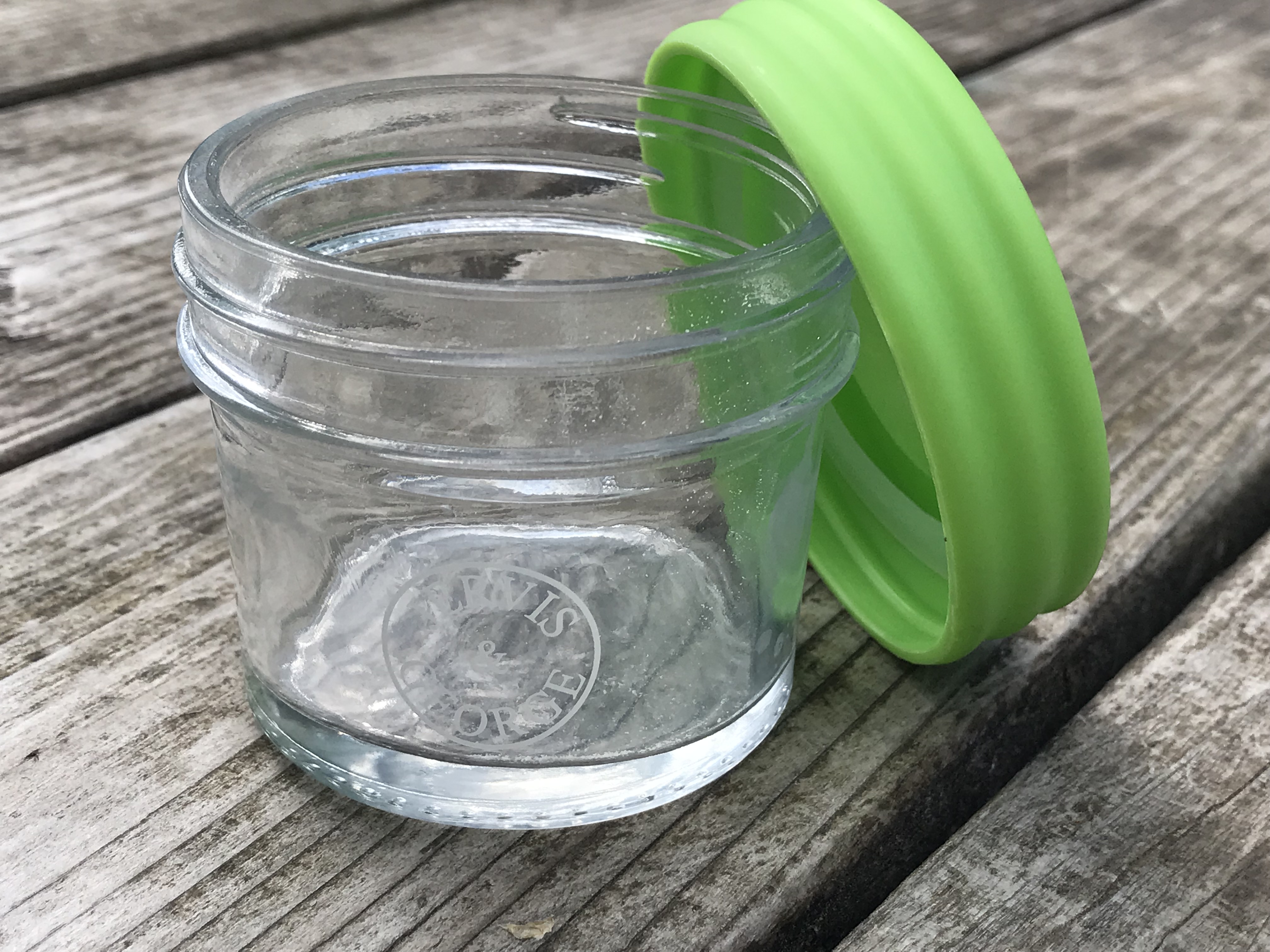

Have you tested any other baby food jars? Sage spoonfuls? That’s what I’ve used but I’m unsure about the paint now. I saw you linked the Ball brand with the plastic lids, but those are hard to find (only 1 left on Amazon and I can’t find them elsewhere) – trying to find a good option for sending baby food to daycare that will be microwaved there (so no plastic)!
Hi Sam,
It was one of my comments that sparked this post by Tamara. I’d discovered that both Nellam and George & Jervis baby food jars had lead in the paint on them, and the Nellam jars were the bigger concern for me, since the paint rubbed/washed off so easily, meaning that the paint could rub off onto my hands or end up in the water I soaked other dishes in, contaminating things that my baby came into contact with (such as my hands or bottle parts, etc.). Anyway, I would strongly suggest avoiding both Nellam and George & Jervis jars for anything baby-related. After discovering the problems with the Nellam and George & Jervis jars, I happily went with Tamara’s recommendation for the Ball jars. The 8 ounce jars are available at most Target stores, and you can buy plastic lids and silicone inserts separately, if necessary, via Amazon.
Does anyone have an update on this? What is JG’s reply?
Hi Mike,
They never responded.
Tamara
Many thanks
Hi! Have you ever tested the Wean Green jars and lids?
Thanks!
Hi Lindsay:
Yes – they are fine (and by “fine” I mean lead-free). Here’s my affiliate link for some of those: https://amzn.to/2IbhnKm
Tamara
Have you tested sage spoonfuls? Not just the containers but the baby food maker. I use them and just discovered something concerning on the inside where its screwed to the electric part. I cannot afford to keep buying new items but I don’t want to put her in danger of being exposed to lead. Please help if you know anything. I’ve tried contacting them
FYI: Jervis & George recently rebranded under “Elk and Friends”